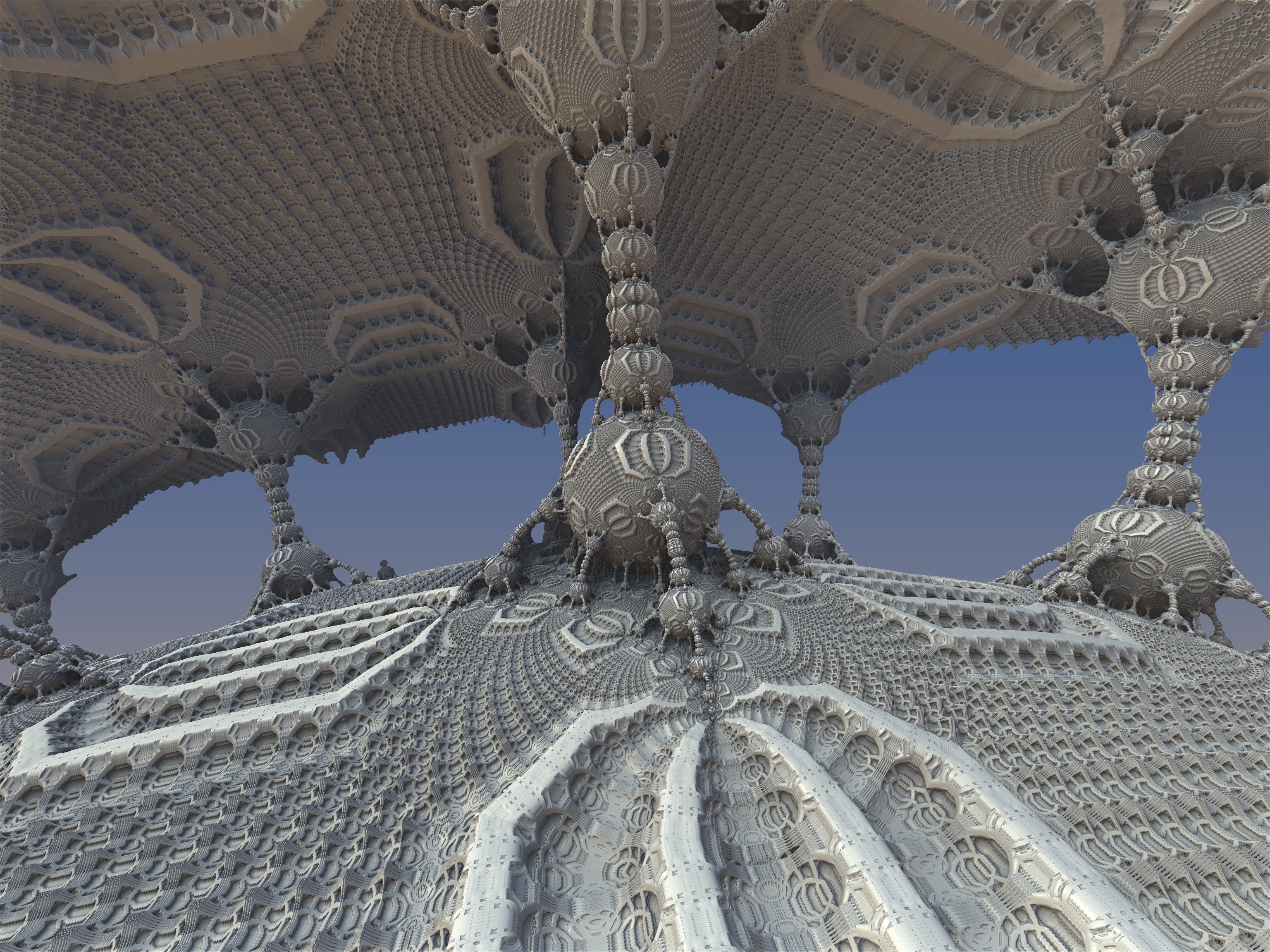By Michael Hallam, The University of Adelaide
Everyone is familiar with the notion of a space – we live in a space after all. We can imagine one dimensional spaces such as the real number line, two dimensional spaces such as the Cartesian plane, three dimensional spaces, four dimensional spaces, etc. These spaces are collections of points with some notion of distances between the points. A distance must satisfy three important properties:
- The distance from any point x to itself is always zero. This makes sense – you don’t need to travel any distance to get to where you already are!
- The distance from a point x to a point y is the same as the distance from y to x. Again this is highly intuitive. For example, it doesn’t matter whether you measure a distance from left to right or from right to left, it will be the same both ways.
- Travelling from a point x to a point y and then from y to a point z always covers more distance than going directly from x to z. For instance, flying from Adelaide to Sydney and then from Sydney to Melbourne will certainly cover more distance than simply flying directly from Adelaide to Melbourne.
These three properties define what we call a metric on the collection of points. A collection of points with a metric is called a metric space. Topology is an area of mathematics which encompasses the theory of metric spaces and also provides us with a vast generalisation of the notion of a metric space. In the area of topology, we keep the collection of points but abstract away the notion of a metric, replacing it with a more arbitrary structure called a topology. When we do this abstraction, the object we end up with is called a topological space.
The definitions of topology have been tremendously useful, and have an extensive list of applications in many fields of mathematics and theoretical physics. Despite the broad utility of this theory, there are in fact some pathologies that can complicate matters. There are many topological spaces that are poorly behaved, and violate our most basic intuitions of what it means for something to be a space.
One such pathology is the failure of so-called “internal hom-objects” to exist within topology. This failure can cause problems when developing certain theories, for instance the theory of algebraic topology. The work-around is that we can restrict our attention to certain types of topological spaces that do admit the existence of these internal hom-objects. Such categories of topological spaces are called “convenient”.
The failure of internal hom-objects to exist in topology demonstrates that strange things can and do happen in this broadly applicable and powerful theory. Topology doesn’t play nice!
Michael Hallam was one of the recipients of a 2015/16 AMSI Vacation Research Scholarship.

